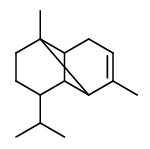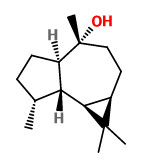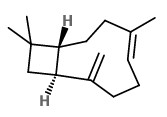Shorea robusta C.F.Gaertn. - Dipterocarpaceae - saltree, sal (hindi, bengali, assamese), Salbaum
Deciduous or evergreen tree, up to 40m high, native to India, Nepal, Bhutan; bark thick and deep grooved, dark coloured; leaves petiole 2-2.5cm, 10-40 long, ovate to oblong, thinly leathery, midvein prominent abaxially and conspicuous adaxially, lateral veins ca. 12 pairs prominent abaxially; flowers subsessile, on panicles to 25 cm, petals creamy-yellow or sometimes with a medium pink stripe; fruit sepals unequal, spatulate, 3 longer to 8×1.5cm, 2 smaller to 3.5×0.5cm; nut ovoid, ca. 5×12mm.
http://www.efloras.org/florataxon.aspx?flora_id=2&taxon_id=220012491
„Sal tree resin is known as sal dammar or Indian dammar, ṛla in Sanskrit. It is used as an astringent in Ayurvedic medicine, burned as incense in Hindu ceremonies, and used to caulk boats and ships. Sal seeds and fruit are a source of lamp oil and vegetable fat. The seed oil is extracted from the seeds and used as cooking oil after refining.“ https://en.wikipedia.org/wiki/Shorea_robusta
Oil obtained by the dry distillation of the resin is commonly known as Chua oil. Main volatile components of the oil are sesquiterpenes and oxygenated sesquiterpenes (together ~76%) like germacrene-D (29.5%), α-copaene (16.3%), globulol (10.2%), δ-elemene (8.5%), and β-caryophyllene (5.0%).
[Kaur, Sandeep, et al. „GC-MS analysis of essential oils of heartwood and resin of Shorea robusta.“ Planta medica 67.09 (2001): 883-886] https://www.thieme-connect.com/products/ejournals/html/10.1055/s-2001-18857#R496-11
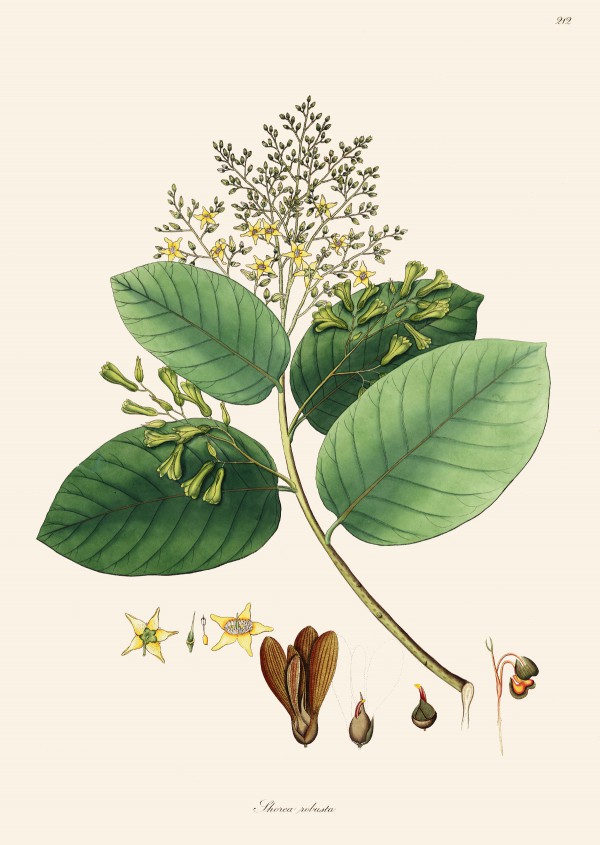
Shorea robusta; W. Roxburgh, Plants of the coast of Coromandel, vol.3 t.212 (1819)
http://botanicalillustrations.org/species.php?id_species=943778
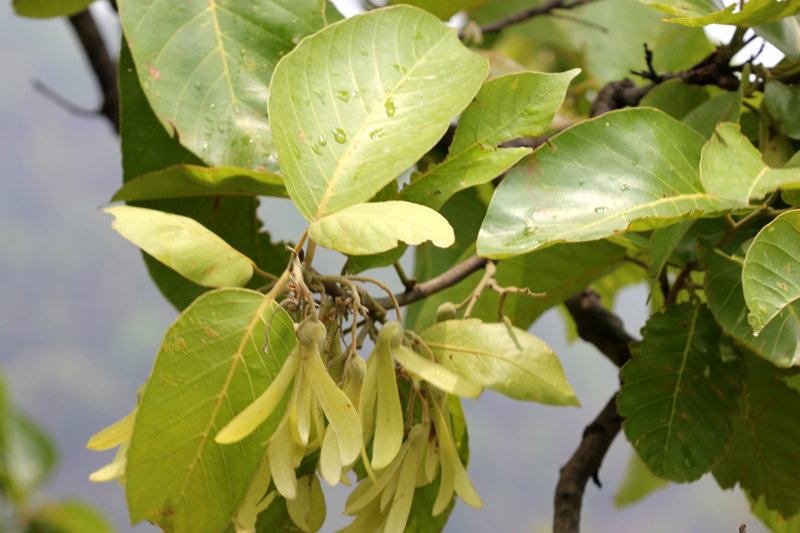
Shorea robusta; Kothdwar in Uttarakhand 2013; efloraofindia
https://sites.google.com/site/efloraofindia/species/a---l/d/dipterocarpaceae/shorea/shorea-robusta
